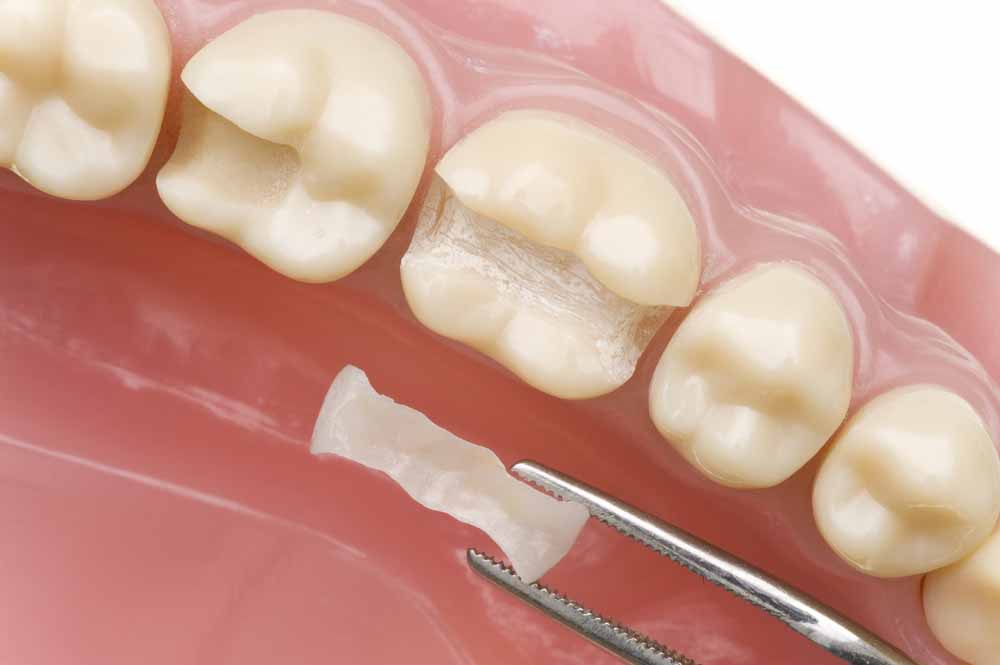Filling/Cosmetic Restoration

What is filling treatment
A filling is a way to restore a tooth damaged by decay back to its normal function and shape. When a dentist gives you a filling, he or she first removes the decayed tooth material, cleans the affected area, and then fills the cleaned out cavity witha filling material.
By closing off spaces where bacteria can enter, a filling also helps prevent further decay. Materials used for fillings include a composite resin, Glass ionomer cement (tooth-colored fillings), and an amalgam (an alloy of mercury, silver, copper, tin andsometimes zinc). Years ago, teeth with diseased or injured pulps were removed. Today, root canal treatment saves many teeth thatwould otherwise be lost. Endodontic treatment treats the inside of the tooth and is a specialty of Dentistry that deals with diseases of the dental pulpand its supporting structures.
Which Type of Filling is Best
No one type of filling is best for everyone. What's right for you will be determined by the extent of the repair, whether you have allergies to certain materials, where in your mouth the filling is needed, and the cost. Considerations for different materials include: Amalgam (silver) fillings are resistant to wear and relatively inexpensive. However, due to their dark color, they are more noticeable than porcelain or composite restorations and are not usually used in very visible areas, such as front teeth
Composite (plastic) resins are matched to be the same color as your teeth and therefore used where a natural appearance is desired. The ingredients are mixed and placed directly into the cavity, where they harden. Composites may not be the ideal material for large fillings as they may chip or wear over time. They can also become stained from coffee, tea or tobacco, and do not last as long as other types of fillings generally from three to 10 years.
If decay or a fracture has damaged a large portion of the tooth, a crown, or cap, may be recommended. Decay that has reached the nerve may be treated in two ways: through root canal therapy (in which nerve damaged nerve is removed) or through a procedure called pulp capping (which attempts to keep the nerve alive).
Awards & Accreditations











The most trusted dental clinic.The clinic is frequently visited by patients residing in India as well as patients from across the globe.
Quick links
Get in Touch
-
A-13, New Minal Residency, J K Road,
Bhopal, (MP) 462023 - dna7kgmc@gmail.com
- +91 9424619777 , 0755-2682870
All Rights Reserved © Agarwal Dental Clinic, 2025
Design by by Fidaato Infotech Pvt Ltd